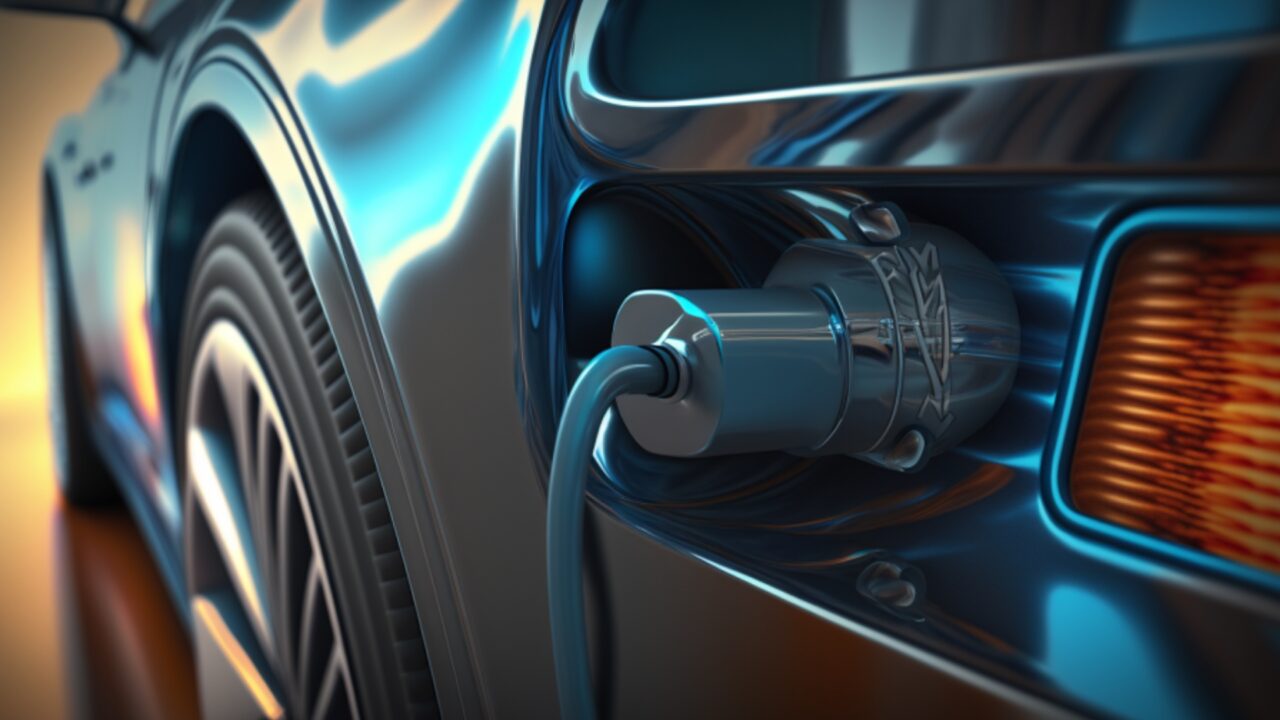Worried about your EV charging cable getting stolen when you charge your electric car? We’ve got the ultimate guide to protecting your charging cable from theft. Learn simple tips and tricks to keep your cable safe and secure.
Why charging cables are a target for thieves.
As a victim of EV charger cable theft, anyone can understand the frustration and inconvenience it brings. It is difficult to comprehend why someone would steal such a vital component necessary for the functioning of an electric vehicle. Although these products are valuable, many will just be sold on the second-hand market. Car cable theft is easy money for organised criminal gangs. As electric car owners, it’s easy to overlook the value of our chargers and the importance of keeping them safe and secure.
This type of theft is a violation of personal property and can leave the owner feeling uneasy about parking their car in public areas. Additionally, the owner may have to bear the cost of replacing the cable or repairing the damages if the thief caused any harm to the vehicle during the theft. Many insurance policies will have the cable covered in the policy for theft and accidental damage. The Association of British Insurers admits it is a growing crime and could lead to a rise in motor insurance premiums.

People who rent electric cars should be aware of the potential risks of theft and take necessary precautions to protect the charging cable. It is important to keep in mind that in case of theft, the renter would be responsible for the cost of the replacement of the charging cable, which could be expensive as it is an own-brand component and may not be available from all EV cable shops.
Therefore, it is advisable to take extra care when charging the vehicle in public areas and use security measures such as a padlock or surveillance system to prevent theft when EV charging across pavements.
Deterrents
When it comes to public electric charging, the chances of cable theft may be low, but theft in public locations is certainly not unheard of. It is worth bearing in mind that rapid chargers have cables built-in, making them less vulnerable. However, other public charge points where you use your own cable may be more likely to be targeted. The longer time it takes to forcefully remove the cable and the prevalence of CCTV, as well as other EV owners, will act as a deterrent. Plus these areas tend to be well-lit meaning that thieves are more likely to be seen and disturbed.
It’s prudent to inspect the local area before leaving your car unattended. Keep an eye out for well-lit areas with CCTV cameras and any individuals exhibiting suspicious behaviour. When charging a car in public, it is always better to stay by the car rather than wander away, but this isn’t what you want to be doing with your time.
Securing the charger
Investing in a heavy-duty plastic-sleeved chain can provide excellent protection for your electric car’s charging equipment regardless of the electric car charger types. To use it, simply pass the chain around the charging cable and through the wheel spokes or the towing loop, then lock it with a padlock.
Another option is to use a long shackle padlock and pass it through the hole in the cable’s plug or trigger. Type 1 connectors often have a hole for a lock. This will stop the charger from being detached from your car for all EV car charger types.
Alternatively, pass a bight loop of the EV charging cable through the padlock and spokes of the wheel, then close the padlock. A bight is a simple bend of the cable where the cable does not cross itself.
Another way to secure your charging cable is to pass a loop of the cable through the padlock and wheel spokes and then lock it. For even greater security, you can use a cord lock in combination with a padlock to secure the charging equipment and protect the cord lock with an additional padlock. These simple methods can help to ensure the safety of your electric vehicle charger and prevent theft.
Home Charging
At home, the charging cable should be locked into the vehicle charge socket, making it more challenging to remove. You can also fix a galvanised chain plate staple to your house wall and padlock the cable to this when in use. Cable theft is unlikely but taking additional precautions, like having the charging cable hidden from view is better so opportunistic thieves remain unaware of your charging equipment. It’s also worth considering investing in CCTV cameras and lighting where you park your electric vehicle as a further deterrent.

While some experts suggest parking on top of your charging cable as a deterrent to prevent others from taking off with your cable, it’s not a recommended practice. Parking on top of your charging cable can damage the wires in the cable itself, which could lead to safety issues and repairs, so it is better to keep your charging cable in good condition to ensure safe and efficient charging.
After charging, it’s best to keep the cable locked indoors rather than the boot of your car. This way, you can have peace of mind knowing your cable is safe and secure. If you need to keep it in the boot then you can get a secure box for your boot for a further deterrent.
Anti-theft locks
A good alternative to this is to get a CableKnight EV Electric car charging cable anti-theft lock. This gadget allows the cable to run through a metal loop which sits securely under your car’s tyre, adding another layer of protection to your cable.
An old-school and low-cost method is to use a padlock which can be an effective way to secure your charging cable. Simply loop the cable around a wheel and padlock the cable together on the other side of the loop and wheel.
One more effective way to do this is by connecting a motorcycle wireless remote control anti-theft alarm lock to the cable. This lock is designed to clamp onto the cable and you can create a sleeve for the lock to ensure it stays clamped onto the cable. Then, if anyone tries to remove it, an alarm will sound, alerting you and scaring off any potential thieves.
Surveillance systems
Using an action-triggered dashcam can not only deter thieves, but it can also provide valuable evidence if your cable is stolen. By setting up a home surveillance system with a camera near your charging location, you can capture footage that can be used to identify the thief and potentially recover your stolen cable.

In addition, having a security camera within your car can give you peace of mind, as you can monitor your charging cable remotely at any time. Some cameras even have motion detection and alerts, so you can be notified if there is any suspicious activity near your car or cable. By having this added layer of protection, you can discourage potential thieves from targeting your charging cable and ensure that you have evidence in case of theft. So, consider investing in an action-triggered dashcam to safeguard your electric vehicle charging cable and give yourself peace of mind.
Use a charging cable holster
A simple yet effective way to keep your electric vehicle charging cable safe is the charging cable holster. This is a handy storage unit that holds your cable when it’s not in use, ensuring that it’s kept in a safe place and protected from thieves. By using a holster, you can prevent your cable from being left out in the open where it can be easily taken.
There is a range of charging cable holsters available, from basic plastic holders to more advanced wall-mounted units. Some holsters even come with a built-in lock or key, adding an extra layer of security to your charging cable. By using a charging cable holster, you can keep your cable organised and prevent it from becoming tangled or damaged, which can also help prolong its lifespan. So, if you want to keep your charging cable safe and secure, consider using a charging cable holster. It’s a small investment that can go a long way.

1 thought on “Tips to Protect Your EV Charging Cable from Theft”
Comments are closed.